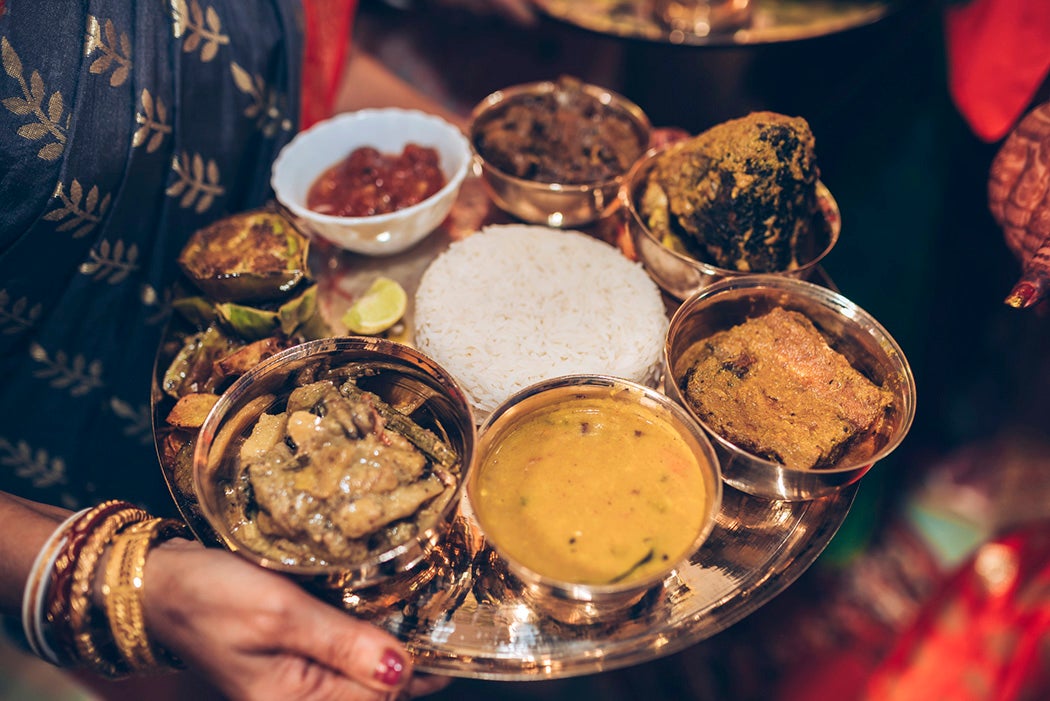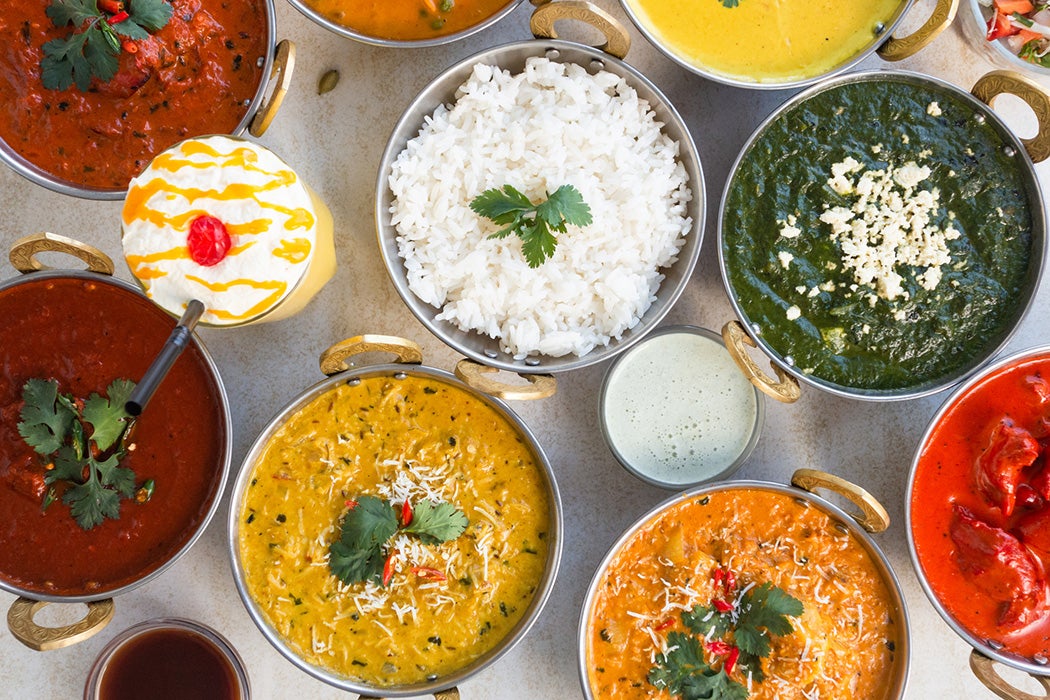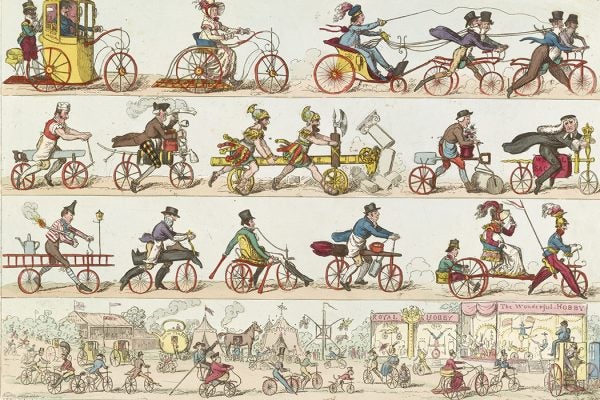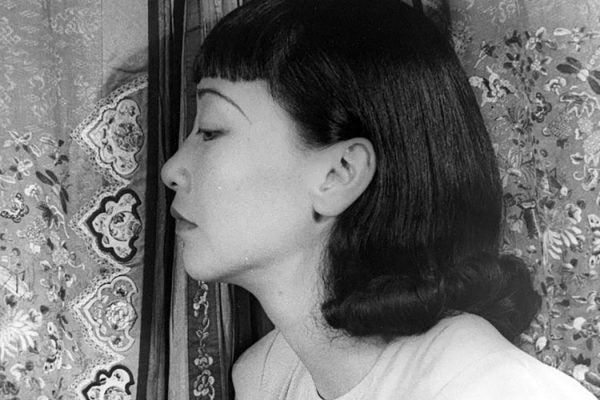The question of what to eat is always tied up with complicated social and economic forces. As historian Utsa Ray writes, in the Bengal region of India during British occupation and after independence, middle-class Hindus turned to cuisine as a symbol of a rooted yet cosmopolitan existence.
Ray writes that recipes found in late-nineteenth-century Bengali periodicals and cookbooks often combined local and European elements, including using ingredients like cabbage and cauliflower that were new to the region’s home cooks. And some offered distinctly international options like Italian mutton, Jewish fried fish, hasty pudding, and Irish stew.
They also introduced Bengalis to “curry”—an English adaptation of dishes using Indian spice mixtures. Cookbook author Bipradas Mukhopadhyay claimed that “Europeans learnt to cook ‘curry’ from the Jews and the Jews learnt it from the Muslims.” He offered readers a recipe for “Calcutta-curry-powder”: poppy seeds, turmeric, red chili powder, cumin, and salt. He also included recipes for dishes from other parts of India, arguing not for an abandonment of a specifically Bengali cuisine but for the incorporation of novel elements into it.
Ray writes that some writers also claimed that “foreign” foods were really, ultimately, Indian. Author Rwitendranath Tagore wrote that dishes like pie and bread had their roots in the subcontinent. This went along with claims that “modern” trends like women’s education were really revivals of ancient practices. And it found support in British Orientalist arguments that the earliest examples of the Indo-European language family were found in Vedic literature.
By the early twentieth century, as many Bengalis moved from the countryside to Kolkata (Calcutta) and other urban centers, they also encountered “foreign” foods at new hotels and restaurants, and at feasts put on by newly wealthy urban families. But some criticized the expense and consumerism of eating out, in contrast with the ideas of a simple, traditional village life.
More to Explore
How do South Asian Americans Remember Home Cooking?
This concept of tradition was enmeshed in norms regarding gender and caste. In contrast with village food made by women for members of their own castes, restaurant food was often cooked by lower-caste men. Tea, a new beverage for most Bengalis, symbolized new social patterns. Because it wasn’t associated with issues of purity found with other food, it was easy to share among people of different castes. To some, this was a symbol of progress, while others viewed it as part of a sterile modernity cut off from village lifeways.
Weekly Newsletter
However, Ray notes, when writers described village food in nostalgic terms, they usually focused on plentiful vegetables and milk, which in reality had often been available only to wealthier families. Lower-caste Hindus and Muslims were frequently forced to subsist on food considered inferior, such as crabs, frogs, and snakes.
The valorization of village life became particularly troubled in the 1930s and ’40s, as the rural areas that produced food for the cities suffered from the new economic conditions created by colonialism and urbanization. During the Bengal Famine of 1943, even members of the highest castes were forced to eat snails.
Support JSTOR Daily! Join our membership program on Patreon today.








